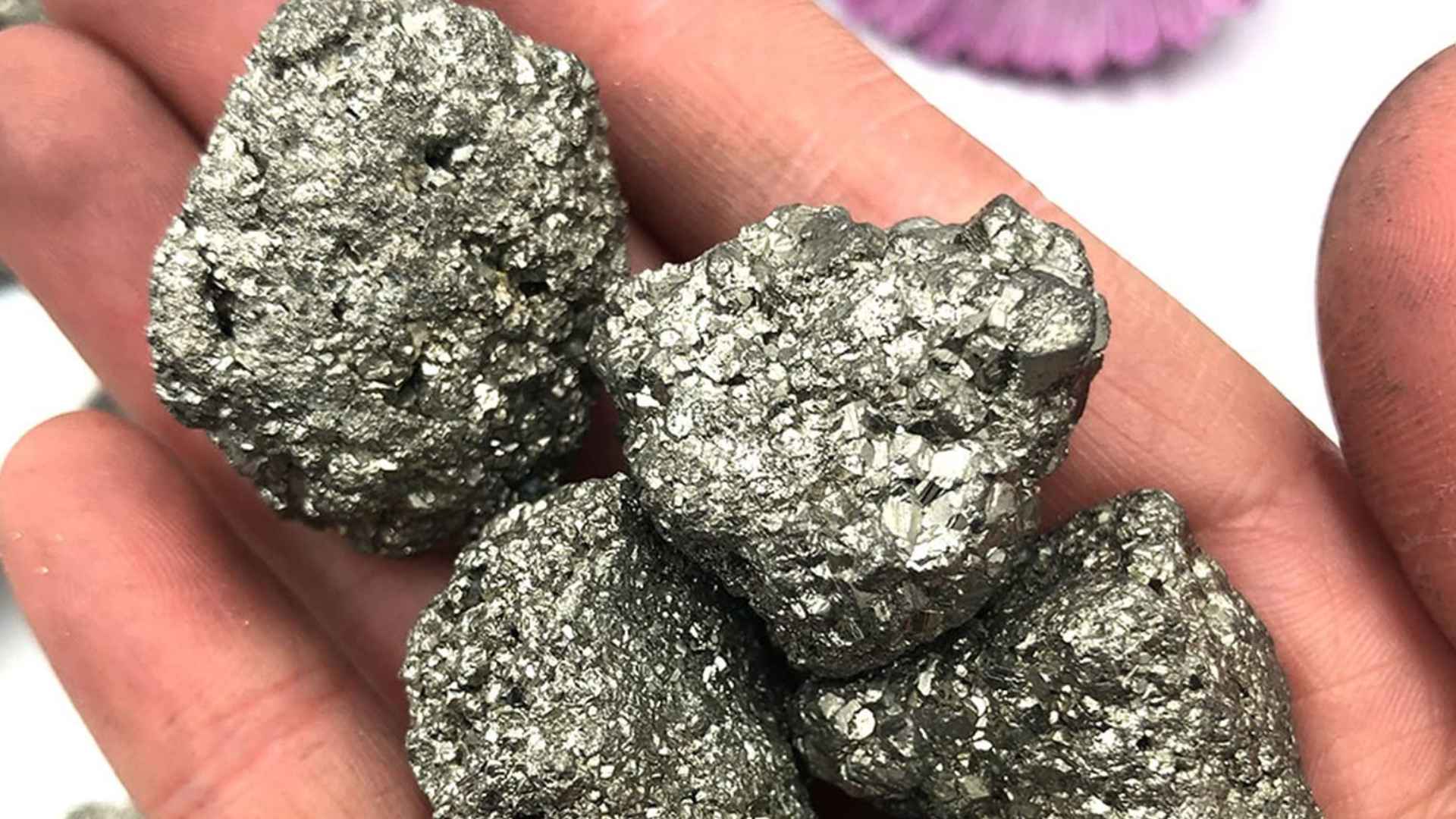Scientists in Western Australia have identified what may be the largest iron ore deposit ever recorded. This massive find, estimated at 55 billion metric tons, could be worth up to $5.775 trillion at current market prices.
Experts from Curtin University tested mineral samples, analyzed isotopes, and discovered that these iron-rich formations date back 1.4 billion years. According to Dr Liam Courtney-Davis, this revelation might force geologists to rewrite significant chapters of Earth’s mineral history.
Why this enormous deposit promises to reshape knowledge of iron formation
Ever wondered why some regions hold more natural resources than others? This new deposit in the Hamersley region surpasses all previous records and highlights the dynamic processes that created Earth’s iron. Researchers note that intense geological activity billions of years ago likely fueled the formation of rich iron layers, shifting the standard timeline once assumed by scientists. Below is a quick breakdown of the estimated value and scale of the deposit:
| Factor | Estimate or Figure |
|---|---|
| Total iron ore volume | 55 billion metric tons |
| Current price per metric ton | $105 (approx.) |
| Total projected value | $5.775 trillion USD |
| Previous estimated worth | $5.9 billion USD |
The economic implications are staggering, raising questions about how this discovery might transform mining, export strategies, and job creation across the region.
How advanced isotopic analyses reveal surprising details about supercontinent cycles
Scientists applied uranium and lead isotope dating to confirm that the minerals formed much more recently than earlier theories suggested. This updated timeline points to a period of heightened tectonic movement, linking massive iron deposits to the shifts and collisions of ancient supercontinents.
Key findings from the research include:
- Iron concentrations reaching over 60% in some samples
- Revised formation period set at 1.4 billion years ago
- Potential connections to supercontinent assembly and breakup cycles
Those behind the study believe these findings may guide future exploration efforts and spark innovative ways to detect valuable deposits worldwide. Could other countries also hold untapped deposits of similar scale?
What this record-breaking find means for future exploration and research
In addition to its enormous economic promise, the Hamersley deposit reveals that iron formation involves intricate processes still not fully understood. By examining how iron concentrations grew from 30% to over 60%, scientists hope to refine models of mineral distribution, paving the way for more efficient exploration.
Looking ahead, this milestone challenges outdated geologic assumptions and underscores the potential for more groundbreaking discoveries beneath the surface. Experts say it may also encourage governments and corporations to reevaluate current mining strategies and invest in new techniques.
The revelation of this record-sized resource has opened fresh dialogues about the planet’s evolving landscape. As more details emerge, geologists will keep pushing the boundaries of what we thought we knew about Earth’s iron origins.

